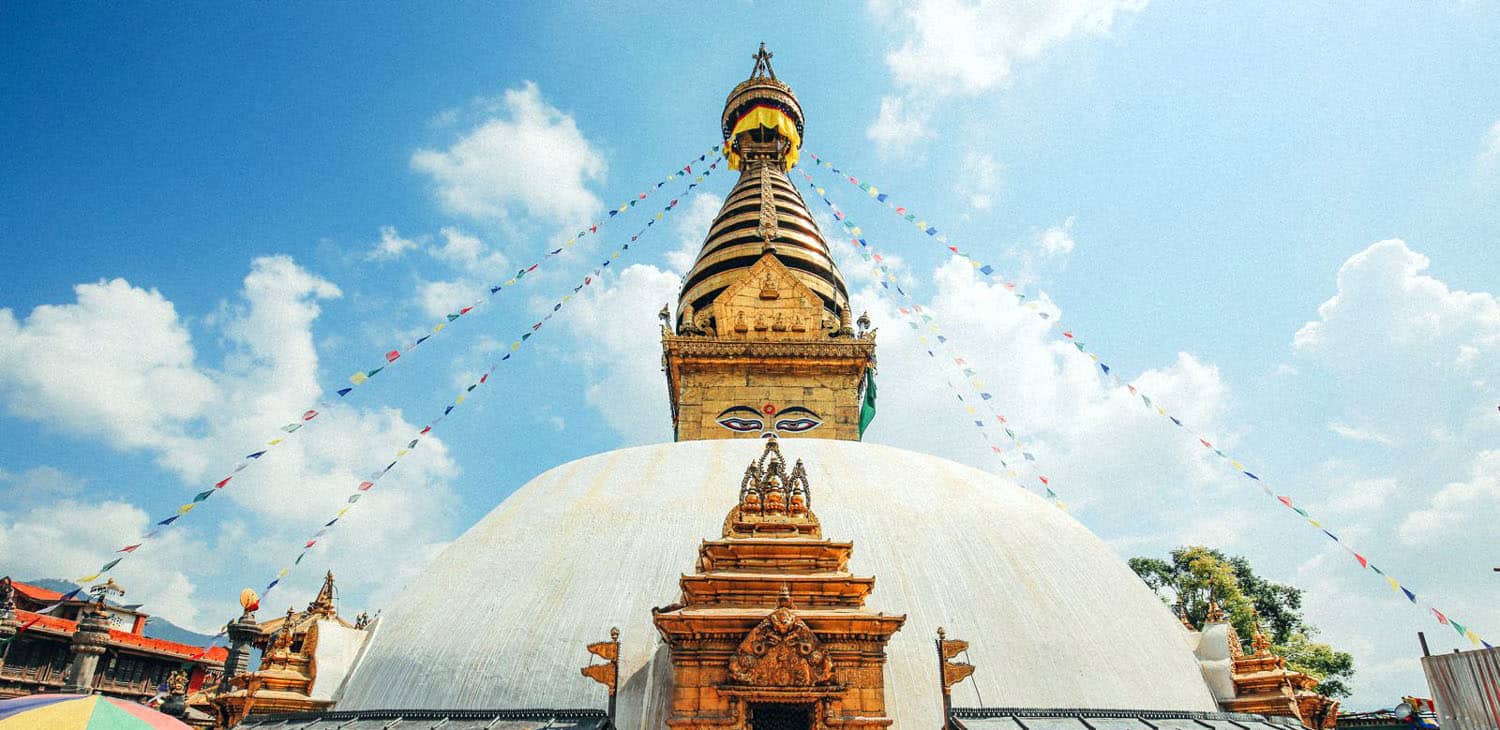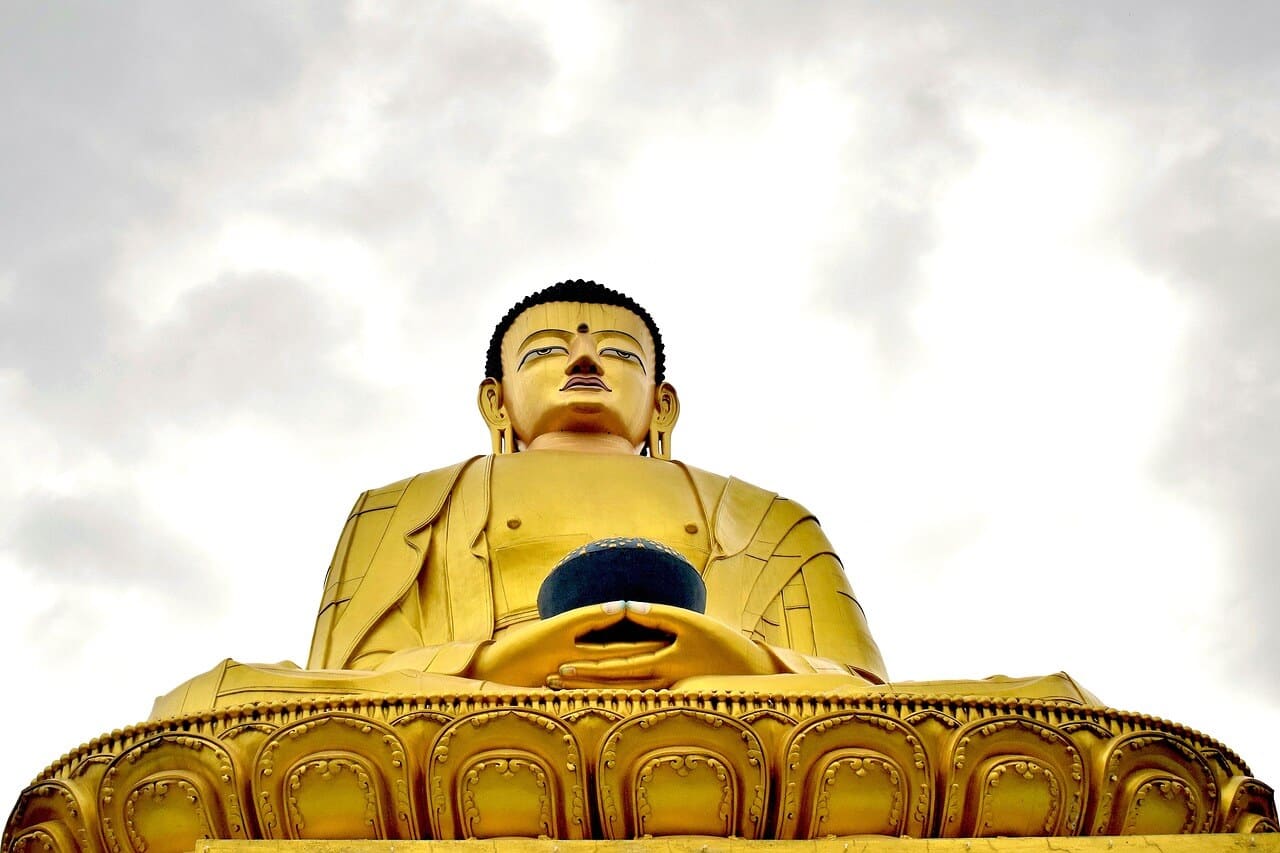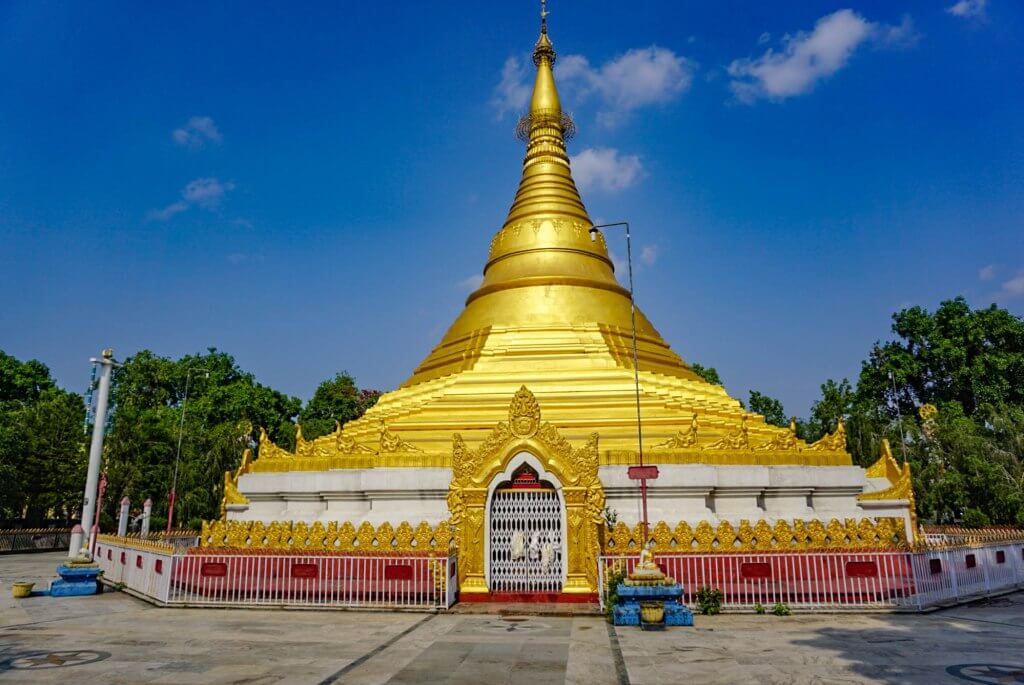Embark on a Spiritual Odyssey: Pashupatinath Darshan
Nestled on the banks of the sacred Bagmati River in Kathmandu, Nepal, the Pashupatinath Temple stands as a beacon of spiritual devotion and architectural grandeur. Dedicated to Lord Shiva, this UNESCO World Heritage Site is not just a temple-it is an experience, a journey of the soul, and a testament to centuries of Hindu faith. Embarking on a Pashupatinath Darshan is more than just a pilgrimage; it is an odyssey that connects you with the divine, offering a moment of reflection, reverence, and renewal.
A Glimpse into the Temple’s History and Significance
Table of Contents
The Pashupatinath Temple is one of the oldest and most revered Hindu temples, believed to have been built in the 5th century. It has since been a center of worship for Shiva devotees, drawing sages, saints, and seekers from across the world. The temple’s name, Pashupatinath, translates to “Lord of All Beings,” reflecting Shiva’s role as the supreme protector of all creatures.
Its pagoda-style architecture, with gilded roofs and intricately carved silver doors, adds to its spiritual aura. The lingam of Lord Shiva, enshrined within, is considered one of the most powerful and sacred in Hinduism. The temple complex extends beyond the main shrine, encompassing numerous smaller temples, ashrams, and ghats where rituals of life and death unfold daily.
The Darshan Experience: A Sacred Journey
1. The Atmosphere of Devotion
The journey begins as you enter the temple premises, greeted by the rhythmic chants of Vedic hymns, the scent of incense, and the sound of temple bells. Devotees from all walks of life come together, offering prayers, flowers, and milk to Lord Shiva, seeking blessings for health, prosperity, and liberation.
2. The Evening Aarti: A Divine Spectacle
One of the most mesmerizing experiences at Pashupatinath is the evening aarti on the banks of the Bagmati River. As dusk sets in, priests dressed in saffron robes perform the Shiva Aarti, waving massive oil lamps in synchrony with the beats of traditional instruments and sacred chants. The flickering flames, the echoing mantras, and the divine energy create an atmosphere of transcendence, leaving devotees spellbound.
3. The Spiritual Significance of Cremation Ghats
While the temple is a place of worship, it is also a reminder of life’s impermanence. The Arya Ghat, one of Nepal’s most important cremation sites, is located within the temple complex. Here, Hindus perform the last rites of their loved ones, believing that cremation in this sacred space grants moksha (liberation from the cycle of birth and death).
4. Exploring the Lesser-Known Temples
Beyond the main shrine, the temple complex houses several other temples dedicated to deities such as Guhyeshwari, Bhairav, and Vasuki Naag. Each of these holds unique significance in Hindu mythology, adding layers of mysticism to your spiritual journey.
A Pilgrimage Beyond Religion
The Pashupatinath Darshan is not just for Hindus-it is an experience that transcends religious boundaries. It is a place where spirituality meets reality, where the divine and the earthly coexist. Whether you are a seeker of faith, an admirer of heritage, or a traveler searching for meaning, Pashupatinath offers a journey that touches the soul.
As you leave the temple, carrying the echoes of Om Namah Shivaya in your heart, you realize that this journey was not just about seeing a temple -it was about experiencing the divine, embracing spirituality, and understanding the eternal cycle of life and liberation.








